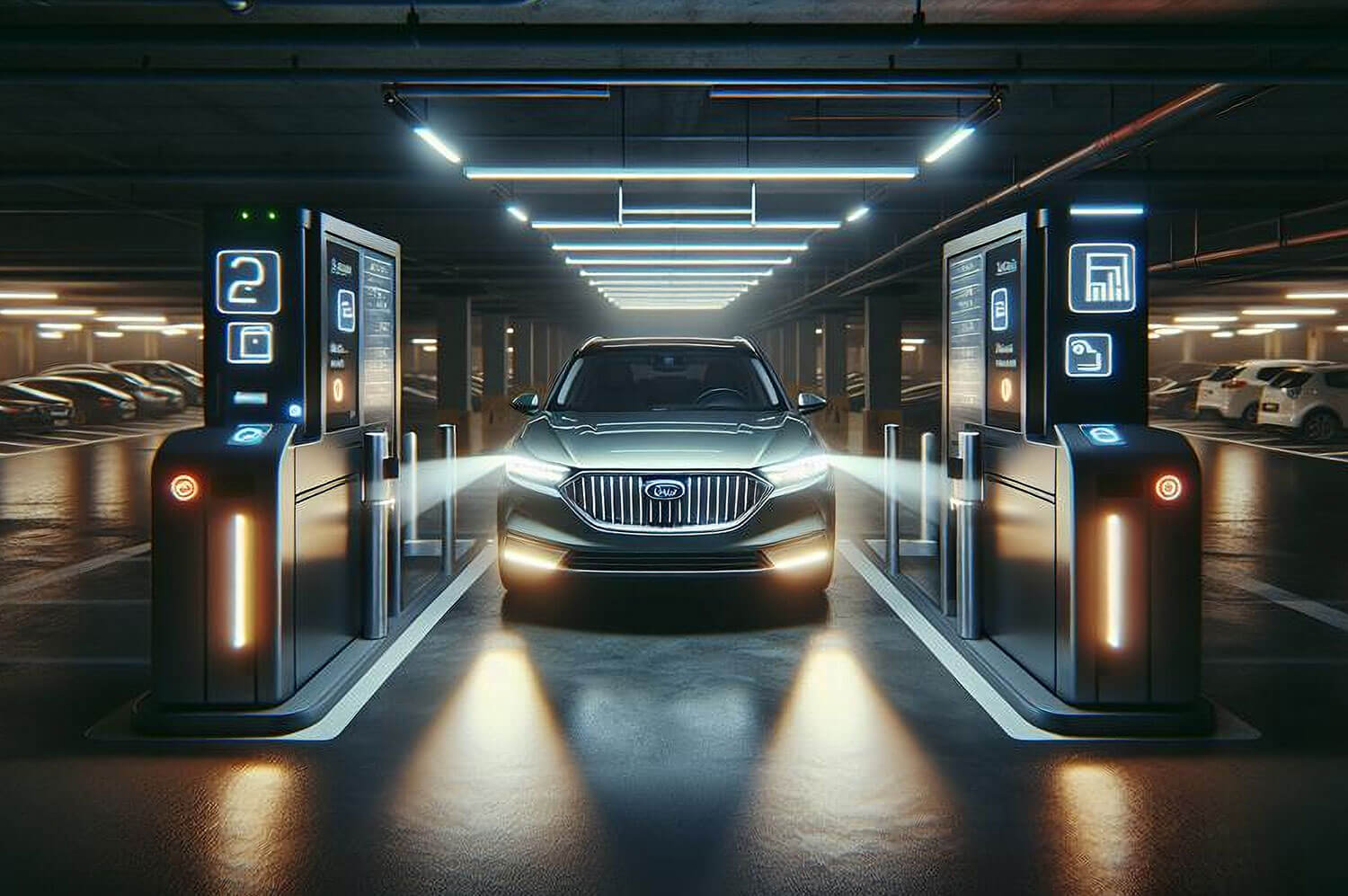In today’s fast-paced world, security technology is evolving at a breakneck speed. As organizations strive for more efficient, automated, and accurate ways to manage access control, License Plate Recognition (LPR) technology is emerging as a game-changer. This innovation enhances both security and convenience by automating vehicle identification and streamlining access to controlled areas, all while maintaining a high level of accuracy. Let’s explore how LPR technology works, the benefits it offers, and why it’s becoming a must-have in modern security systems.
How License Plate Recognition Works
License Plate Recognition technology uses high-resolution cameras paired with specialized software to automatically detect and record vehicle license plate information. When a vehicle approaches an entry point, the camera captures the plate and cross-references it with a pre-authorized database. If a match is found, the gate or barrier opens automatically, granting access. This entire process happens within seconds, removing the need for manual verification or keycards. LPR systems work in various lighting and weather conditions, ensuring reliable performance around the clock.
LPR systems are especially useful in environments where large volumes of vehicles need to be managed efficiently, such as parking lots, gated communities, airports, and high-security facilities. With its ability to log all entries and exits, LPR also provides robust data that can be used for audits and investigations.
Benefits of LPR for Access Control
One of the standout advantages of LPR technology is its automation, which significantly reduces the need for manual intervention. Security personnel no longer need to monitor vehicle access, freeing them to focus on more critical tasks.
Here are the key benefits of License Plate Recognition:
- Improved Efficiency: Vehicles can enter and exit smoothly without delays caused by manual checks or swipe cards, improving traffic flow.
- Enhanced Security: LPR ensures that only authorized vehicles can enter restricted areas, reducing the risk of unauthorized access.
- Comprehensive Data Collection: LPR logs every vehicle entry and exit, providing valuable data for tracking and auditing purposes.
- Remote Management: Administrators can manage access remotely through connected devices, making it easier to monitor multiple entry points in real time.
Real-World Applications
Many industries are already reaping the benefits of LPR technology. For example, large corporations with restricted parking areas have implemented LPR to ensure only authorized vehicles enter, without the need for manual gate control. Gated residential communities use LPR to automatically allow homeowners in while preventing unauthorized access. Airports, too, benefit from LPR by managing employee parking lots and securing restricted zones from unauthorized vehicles.
Why It’s Time to Upgrade
If you’re still relying on manual access control systems or traditional keycards, now might be the perfect time to consider upgrading to LPR technology. Not only will it reduce operational costs and increase security, but it will also future-proof your access control infrastructure. As more facilities adopt automated security solutions, staying ahead of the curve with LPR technology ensures that your security measures remain efficient, scalable, and effective.

